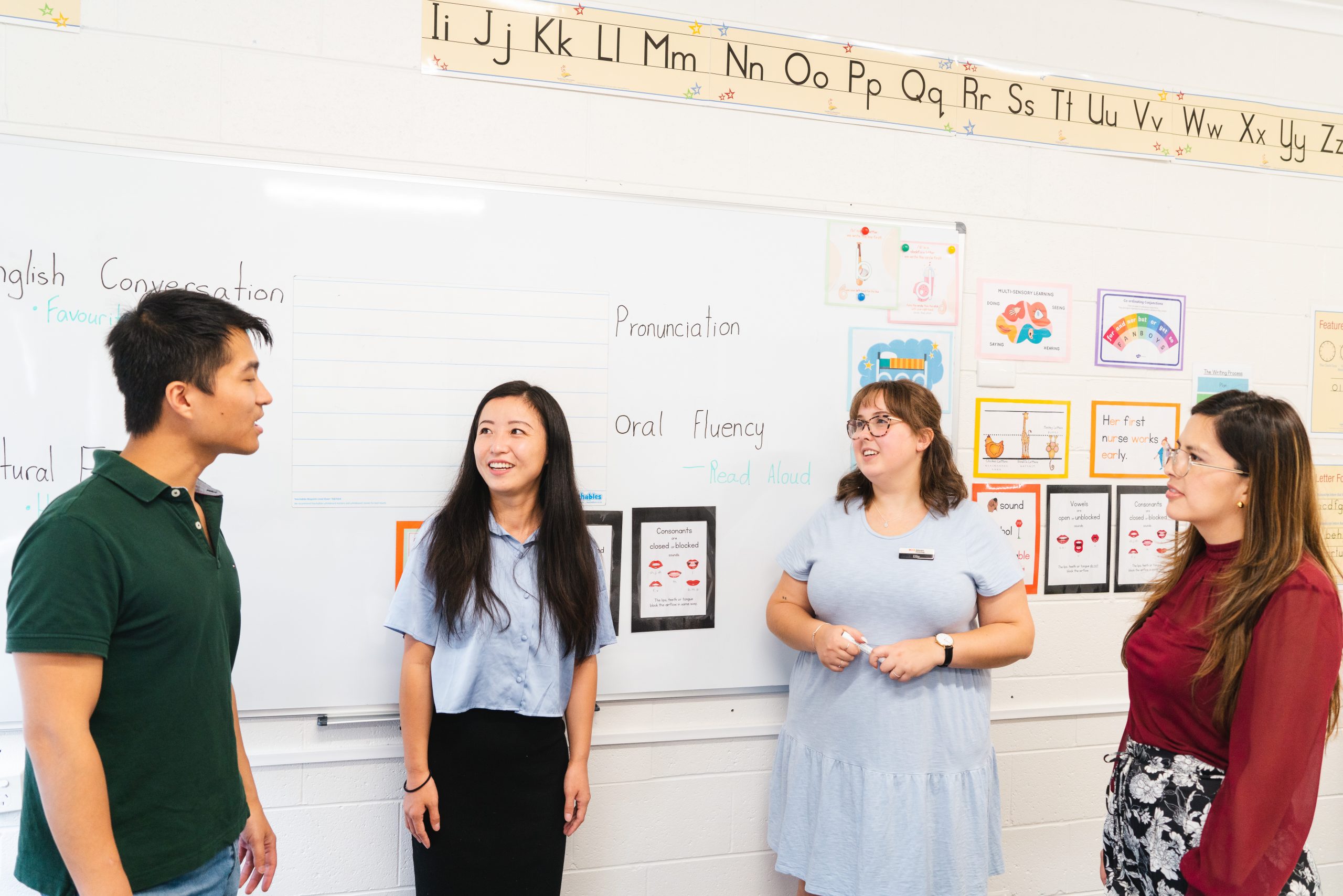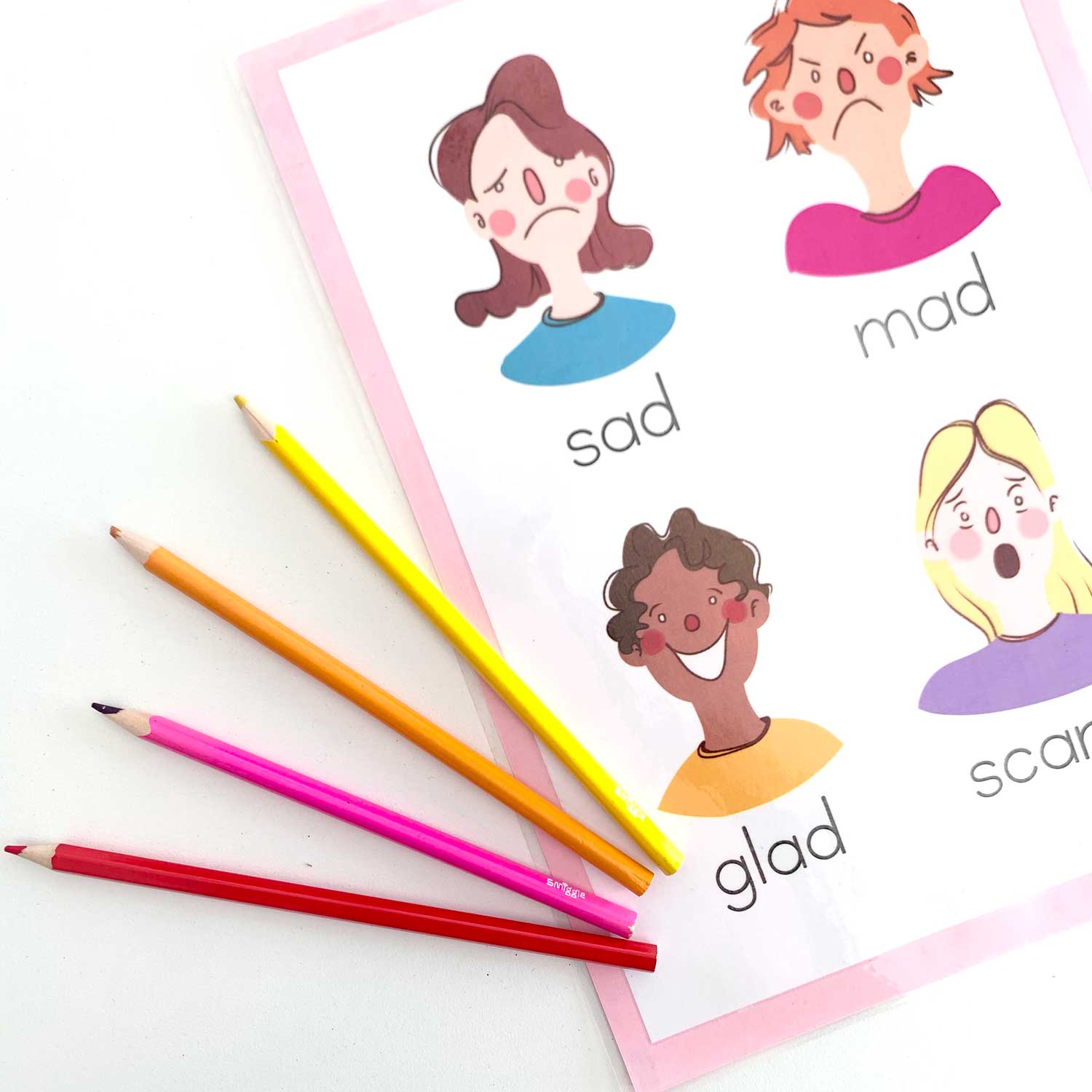One of the most common neurobehavioral disorders worldwide, dyslexia is a learning disorder that affects an individual’s decoding skills and hampers their ability to read, spell, write, and respond adequately to reading instructions (Odegard, 2019). It can affect both children and adults. While some experts state that the prevalence rates range from 5-10 percent, other studies have shown that it can be as high as 17 percent.
If you suspect that you or a loved one may have dyslexia, here are a few ways to help identify the disorder:
- Early Screening: Early screening is the best way to identify dyslexia. A child who is struggling with reading, writing, or spelling in early grades should be screened for dyslexia.
- Assessment by Professionals: A formal assessment by professionals such as a school psychologist, speech-language pathologist, or neuropsychologist can help in identifying dyslexia. They can conduct a series of tests to evaluate the child’s reading, writing, and spelling skills.
- Observing Common Symptoms: Common symptoms of dyslexia include difficulty reading or decoding words, slow reading speed, poor spelling, difficulty remembering names or numbers, difficulty following instructions, and difficulty with organization and time management.
- Family History: Dyslexia has a genetic component, and children with a family history of dyslexia are at a higher risk of having the condition.
- Response to Intervention: Children who show little progress despite targeted intervention or instruction may be at risk for dyslexia.
Overall, it is essential to identify dyslexia early to provide the appropriate support and accommodations to individuals with dyslexia. This can help them succeed in academic and personal settings and achieve their full potential.
However, being diagnosed with dyslexia doesn’t mean an individual lacks motivation or intelligence! While it can’t be outgrown, there are teaching approaches and strategies that can help students combat the challenges that they face.
Tutoring is an intervention for dyslexia which prioritises the student’s needs, basing the learning approach around the student rather than the student struggling to shape themselves around a rigid curriculum. As dyslexia presents mainly through difficulties in the connection between visual representations of letters to their correct sounds, the tutoring method is successful as it integrates spelling, writing and reading. Research has shown that “We must implement excellent, systematic, informed reading and language instruction over a sufficient length of time” (Moats, 2016).
This is skillfully executed through systematic and sequential tutoring using explicit, interactive and diagnostic instruction. Dyslexia is a hurdle that can be overcome with screening, early intervention and skillful and intensive instruction as we give tutors and students a chance to “maintain the effort for as long as it takes” (Moats, 2016). Trust is of vital importance and belief in the student should be paramount as they are nurtured in their aptitudes and interests (Moats, 2016). By connecting extraordinary young people with our extraordinary grown-ups, tutoring allows the facilitation of learning and growth through nurturing socioemotional resilience. Improvement can be seen in the areas of self-esteem, coping strategies inside and outside of the classroom, and an understanding that their intelligence can grow and expand despite the difficulties they face (Brady, 2019).
References
- https://dyslexiaida.org/louisa-moats-debunks-five-popular-myths-about-dyslexia/ (Moats, 2016)
- https://mydigitalpublication.com/publication/?m=13959&i=572951&p=6&ver=html5 (Odegard, 2019)
- https://mydigitalpublication.com/publication/?m=13959&i=572951&p=14&ver=html5 (Brady, 2019)








